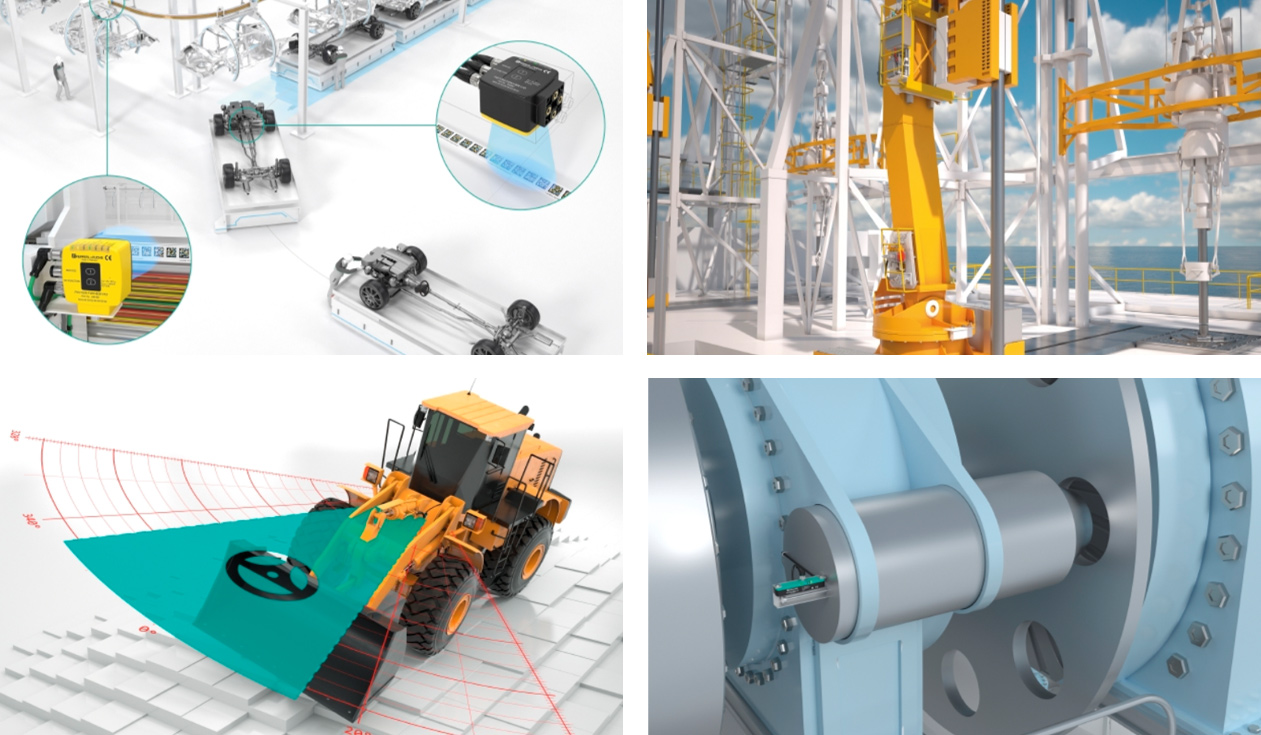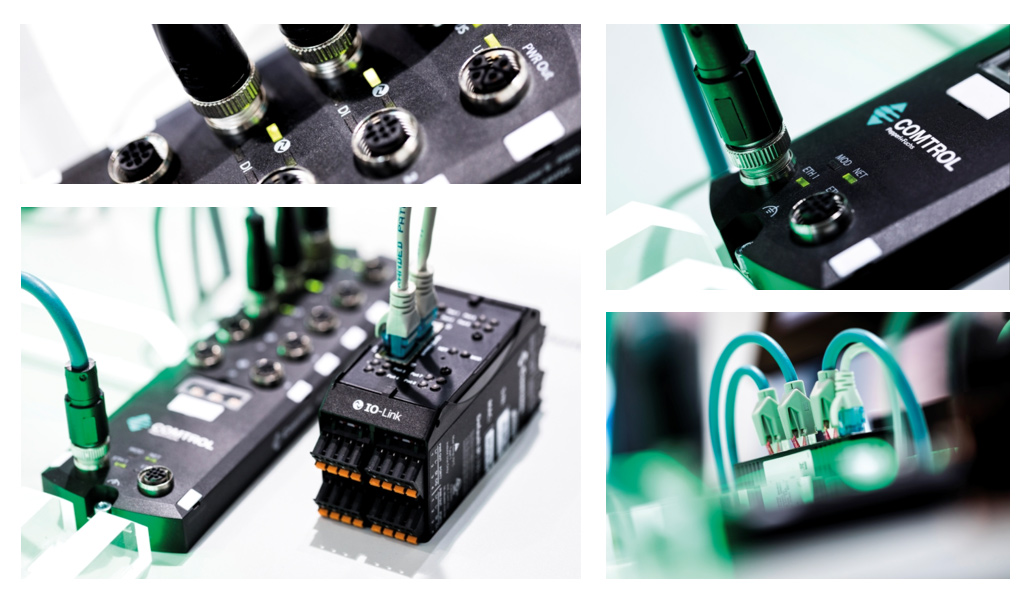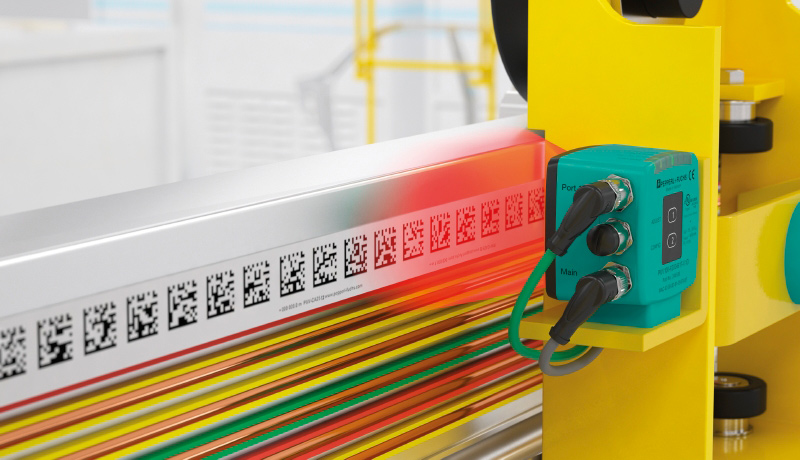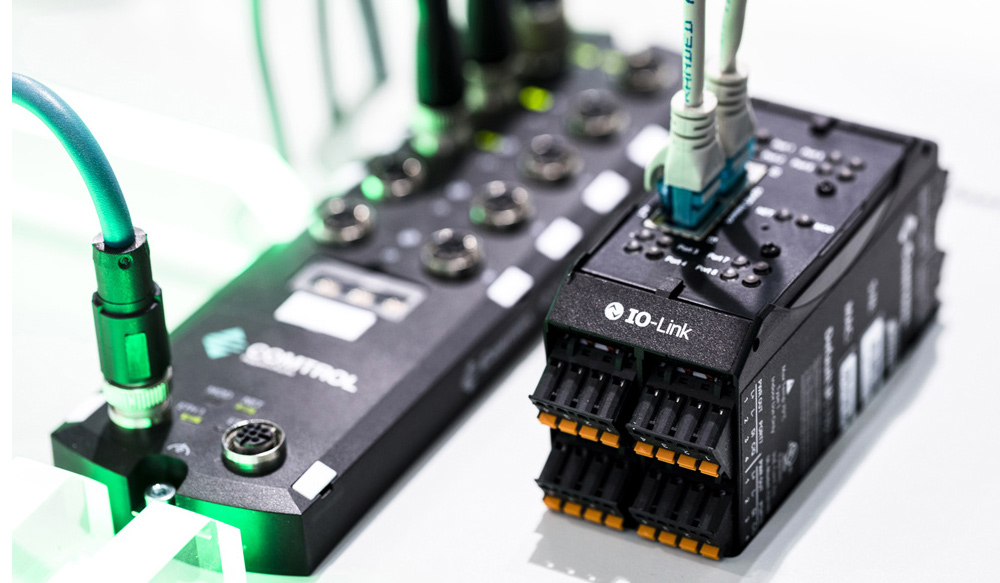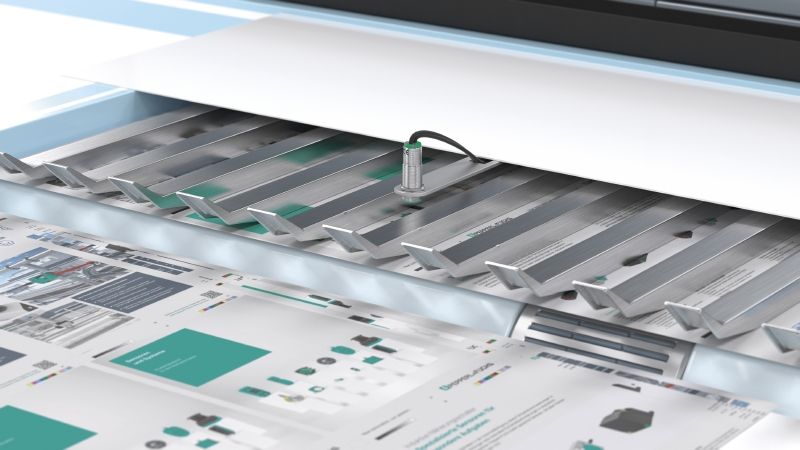We are pleased to welcome you to our blog. Here you will find useful information, applications, and guidance on the topics of automation, industrial sensors, and explosion protection.

Welcome to our blog. Here you will find current articles on the topics of industrial automation and sensor technology.
Different Types of Positioning Systems in Automation
In this blog post, we look at four different types of positioning systems and where they are most commonly used in automation …
Industrial Internet of Things with MQTT and IO-Link Technology
Do you wonder if switching to MQTT-compliant devices could improve your application? Here is what you must know to build an IIoT-ready system.
Data Matrix Positioning System PXV versus PCV—What’s the Difference?
Pepperl+Fuchs released the next generation of Data Matrix positioning—the PXV series. How does this Data Matrix positioning system differ from the proven PCV absolute positioning system?
IO-Link Masters Make Factories Smarter
Industry 4.0 applications require sensors that are able to communicate with PLCs and higher-level SCADA or cloud systems. Pepperl+Fuchs IO-Link masters with MultiLink™ technology enable smarter factories.
Three Misconceptions about Safety Integrity Level
The safety integrity level, or SIL for short, is an indicator that makes risk reduction quantifiable. Plant and machinery can pose risks that are so dangerous that people and the environment should not be exposed to them under any circumstances. In this blog article, we look at three misconceptions about SIL.
3 Factors that Influence Double Sheet Detection
Double sheet sensors are used to monitor layers of materials as they are fed into machines. While the default settings for Pepperl+Fuchs’ double sheet sensors are suitable for over 90% of all usable materials, it is important to consider the following factors before choosing which settings to use: environmental conditions, material characteristics, and alignment accuracy. Each of these can affect measurement accuracy in double sheet detection and must be accounted for.
Subscribe to our newsletter and receive regularly news and interesting information around the world of automation.
